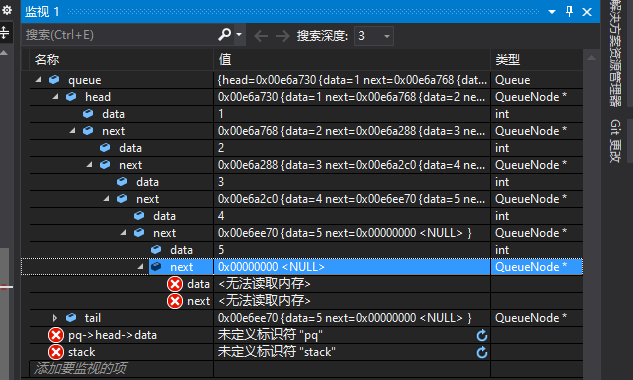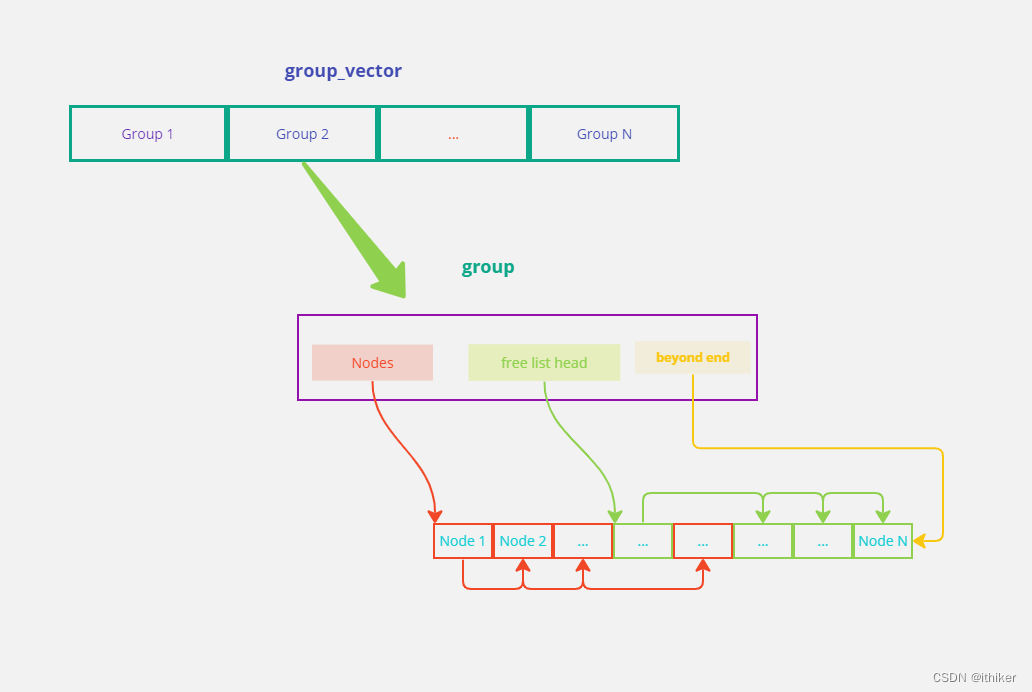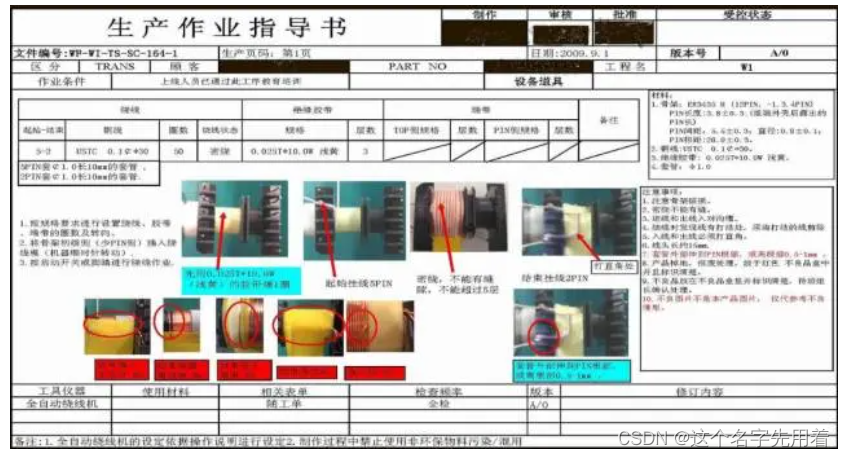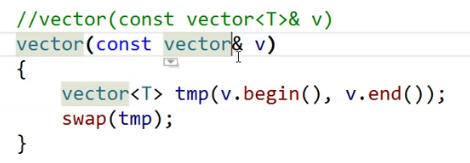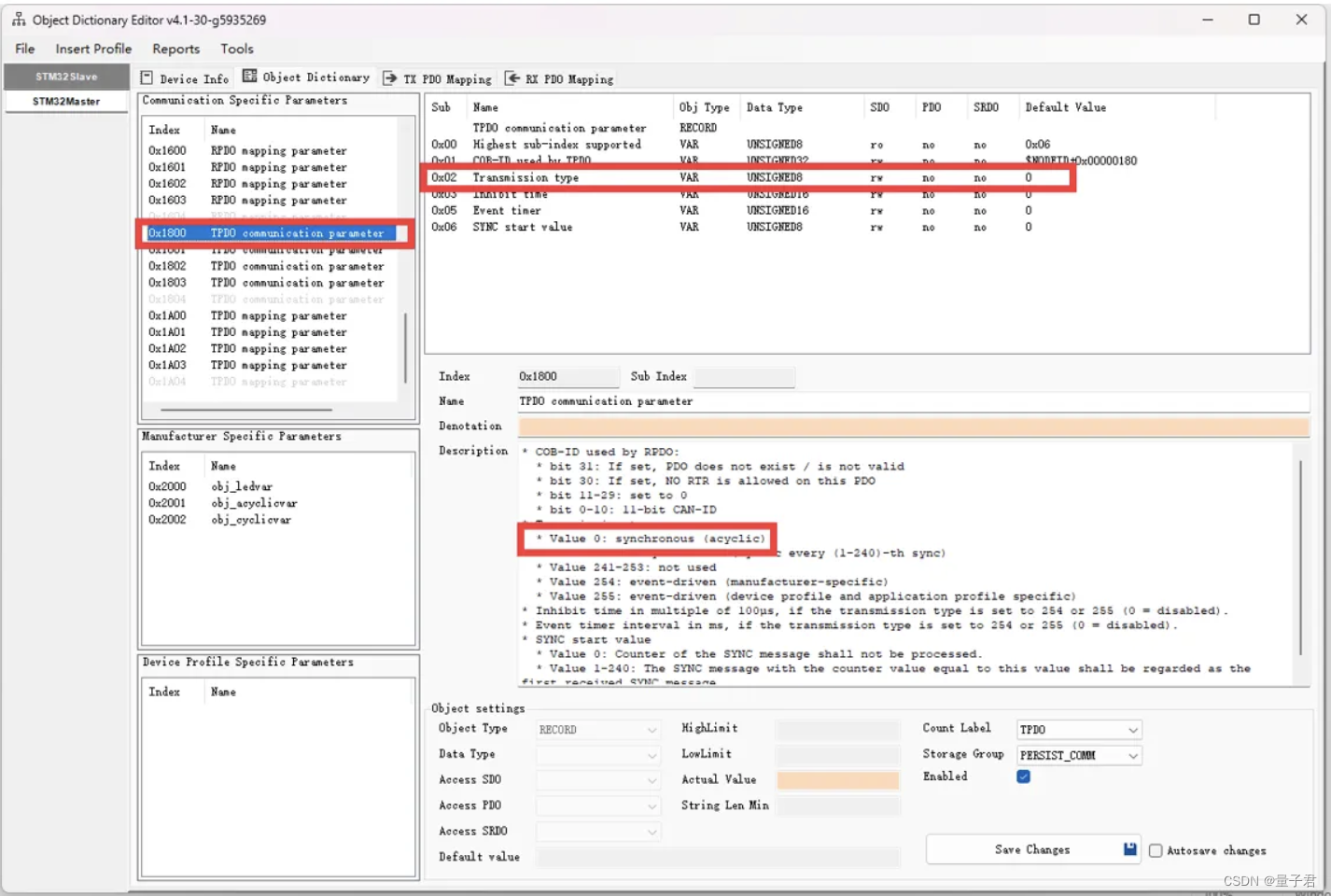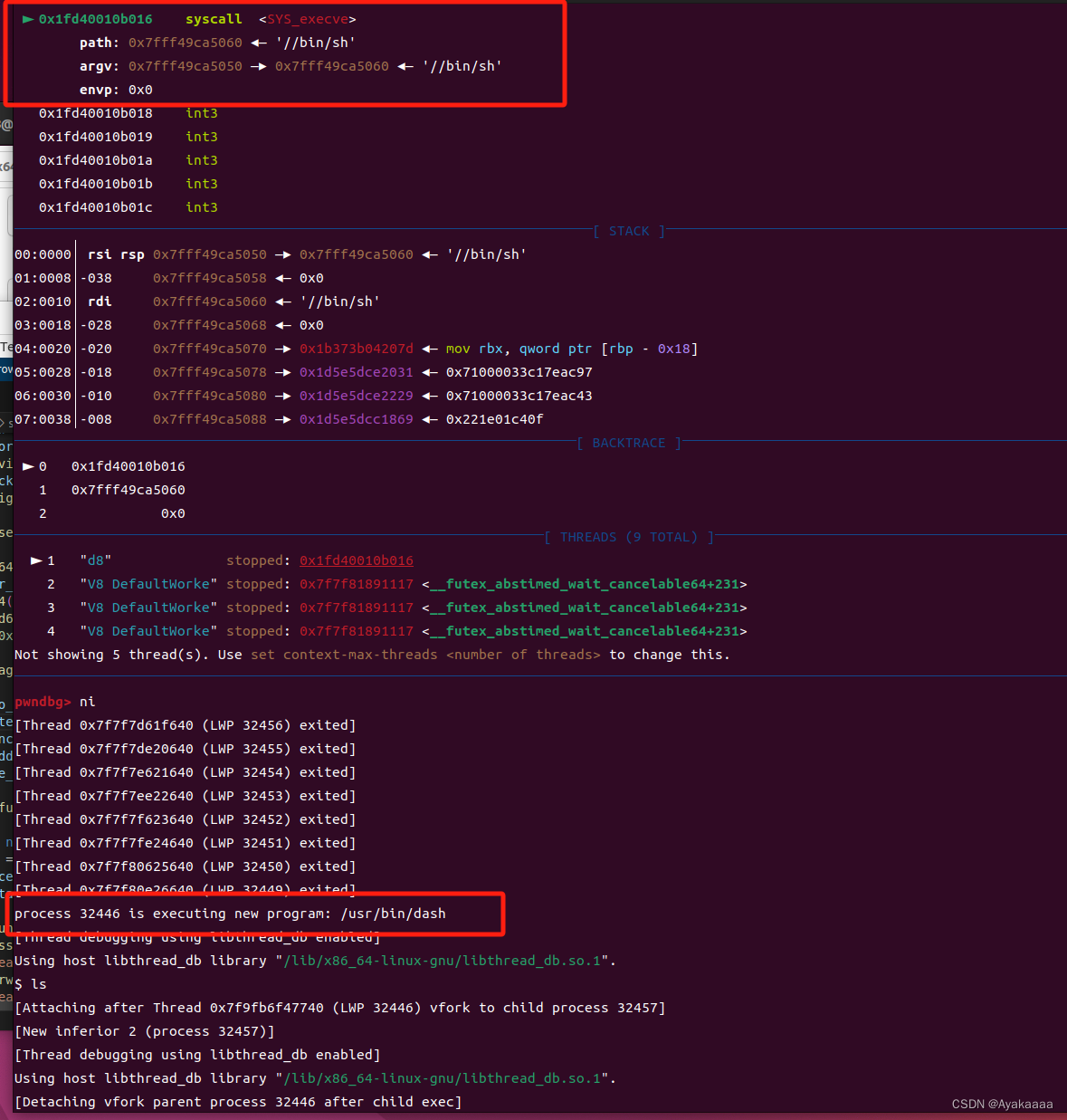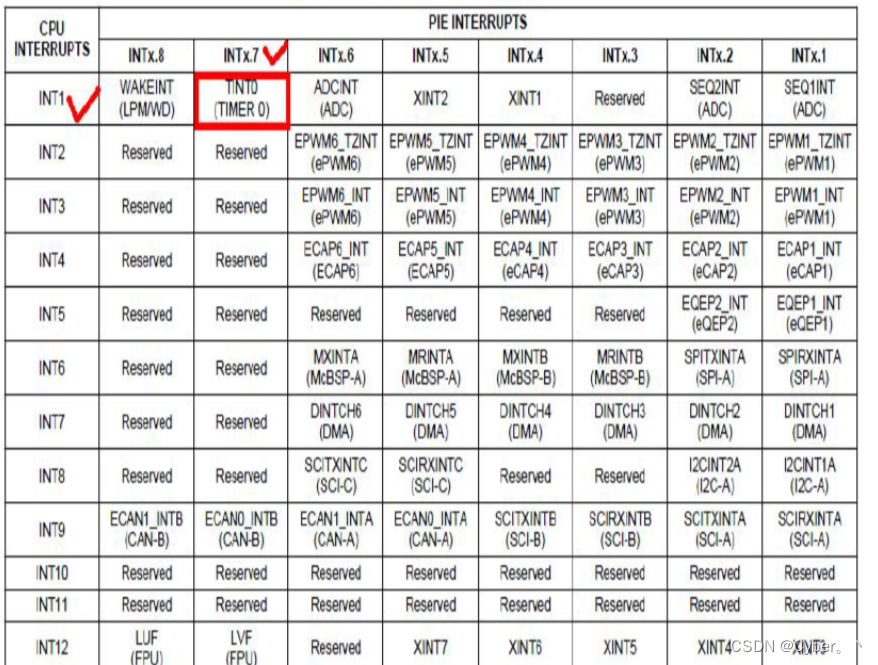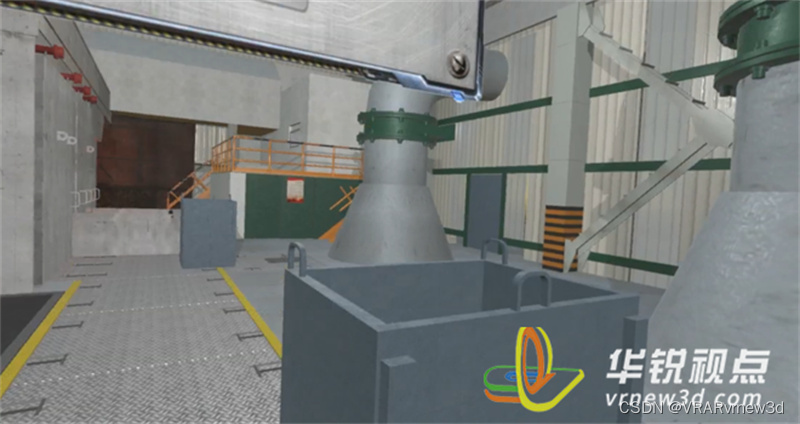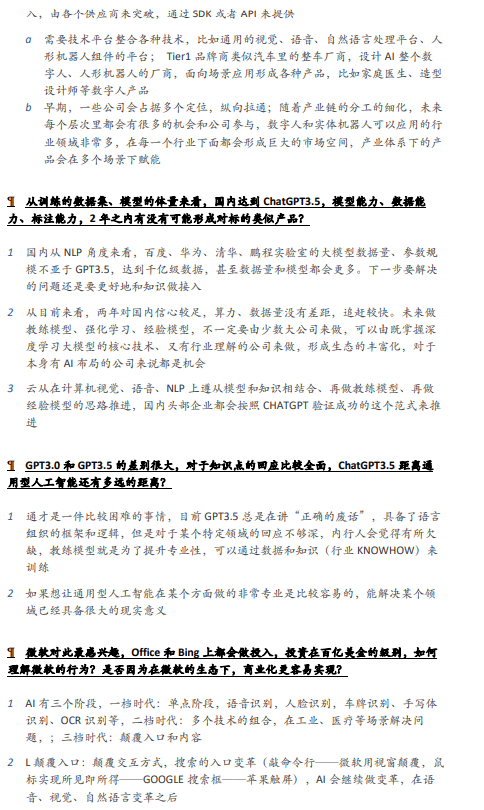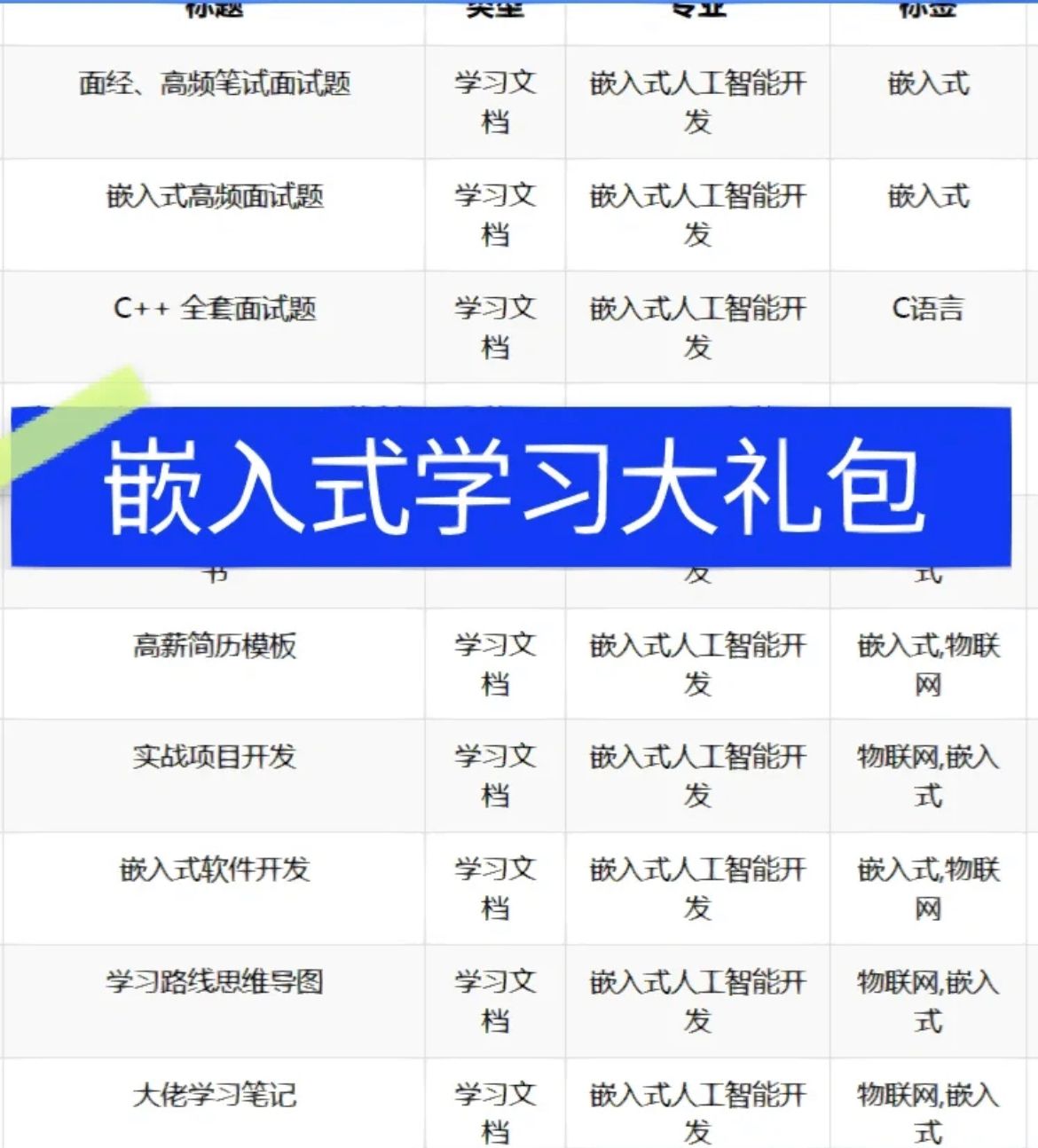1.插入新节点时,会将该节点加到链表尾部

public class LinkedHashMap<K,V> extends HashMap<K,V> implements Map<K,V>{
/**
* The head (eldest) of the doubly linked list.
*/
transient LinkedHashMapEntry<K,V> head;
/**
* The tail (youngest) of the doubly linked list.
*/
transient LinkedHashMapEntry<K,V> tail;
Node<K,V> newNode(int hash, K key, V value, Node<K,V> e) {
LinkedHashMapEntry<K,V> p = new LinkedHashMapEntry<K,V>(hash, key, value, e);
linkNodeLast(p);
return p;
}
// link at the end of list
private void linkNodeLast(LinkedHashMapEntry<K,V> p) {
LinkedHashMapEntry<K,V> last = tail;
tail = p; //更新p为尾节点
if (last == null){ //如果之前尾节点为null,说明链表为null,那更新头节点为p
head = p;
} else {
p.before = last;
last.after = p;
}
}
}2. 移除一个元素后,会将该元素从链表移除

public class LinkedHashMap<K,V> extends HashMap<K,V> implements Map<K,V> {
void afterNodeRemoval(Node<K,V> e) { // unlink
LinkedHashMapEntry<K,V> p = (LinkedHashMapEntry<K,V>)e, b = p.before, a = p.after;
p.before = p.after = null;
if (b == null){//之前p为head
head = a;//更新p的下一个元素为head
} else{
b.after = a;
}
if (a == null){//之前p为tail
tail = b;
} else{
a.before = b;
}
}
}